|
|
Some musical basics
――――――
To play a given piece of music you need a musical score. This is a written or printed form of a musical composition.
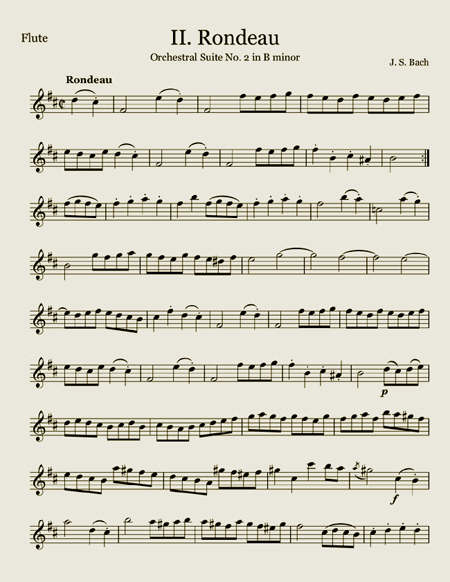
Musical score
A score consists of staves, a set of five horizontal lines and four spaces that each represent a different musical pitch. The lines and spaces are numbered from bottom to top.

Stave (GB) or staff (US)
On the stave, music is grouped into bars. The barline shows the beginning and end of the bar, the double bar indicates the end of a piece of music.

Four bars, separated by barlines
At the left-hand side of the staff the treble clef or G-clef indicates the pitch of the written notes.

Treble clef or G-clef
A note represents the pitch and duration of a sound. Musical notes are named after the first seven letters of the alphabet, starting with c (c d e f g a b, which means one octave).

The seven notes of an octave
The lowest note on the flute is the so called «middle c» or c' (Aerophone mini allows you to play one note lower). The highest note is c'''' (Aerophone mini allows you to play a half note higher), that means the flute's range covers three octaves:

The flute's range
Any note can be raised or lowered by symbols. The sharp symbol ♯ raises the pitch of a natural note by one half step; the flat symbol ♭ lowers it by one half step. The natural symbol ♮ is used to cancel the previous sharp or flat.
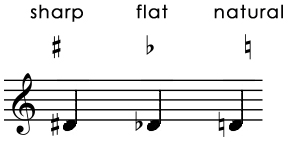
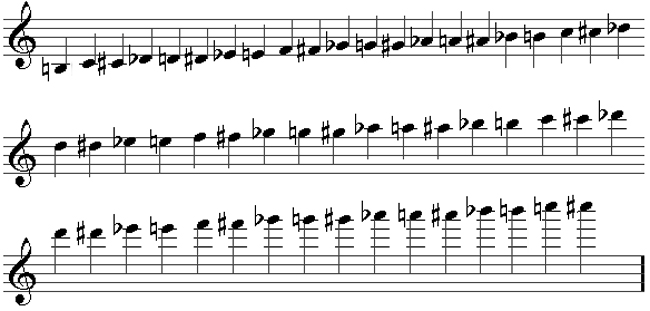
Aerophone mini: the range
A scale is a set of musical notes ordered by increasing or decreasing pitch. Often a musical work uses the notes of a single scale, which is represented on the staff with a key signature at the beginning. This key signature is a set of sharp or flat symbols.
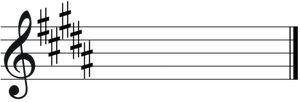
The key signature for the B major scale
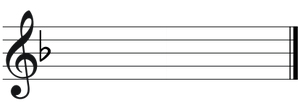
The key signature for the F major scale
There are major scales and minor scales. The C major and the A minor scale are the only scales without sharp or flat symbols.

The C major scale, ascending and descending
In music notation the note value indicates how long or short a note lasts. There are several different symbols for note lengths in music.
There are also signs for silence. They are called rests. A rest is a musical notation sign which corresponds to the note lengths, indicating how long the silence should last.

Whole note (semibreve) and rest

Half note (minim) and rest

Quater note (crotchet) and rest

Eighth note (quaver) and rest

Sixteenth note (semiquaver) and rest
A note value may be augmented by adding a dot after it, making it one and a half times its original duration.

Dotted notes
At the beginning of the score, following the key signature appears the time signature in the form of a fraction. The top number of the time signature tells you how many beats to count in each bar. The bottom number tells you what kind of note to count, e. g. half notes, quarter notes, eighth notes.

Basic time-signatures: four-four time, two-two time, two-four time,
three-four time, six-eight time
A so called beam is a horizontal or diagonal line used to connect multiple consecutive notes to indicate rhythmic grouping. Only eighth notes (quavers) or shorter can be beamed. The number of beams is equal to the number of flags that would be present on an unbeamed note.

Beamed notes: A quaver, a dotted quaver,
and a semiquaver, all joined with a primary beam,
the semiquaver has a secondary beam
This is enough for the moment. Don't worry, playing your aerophone you will become soon acquainted with all these things.
|
![]()















